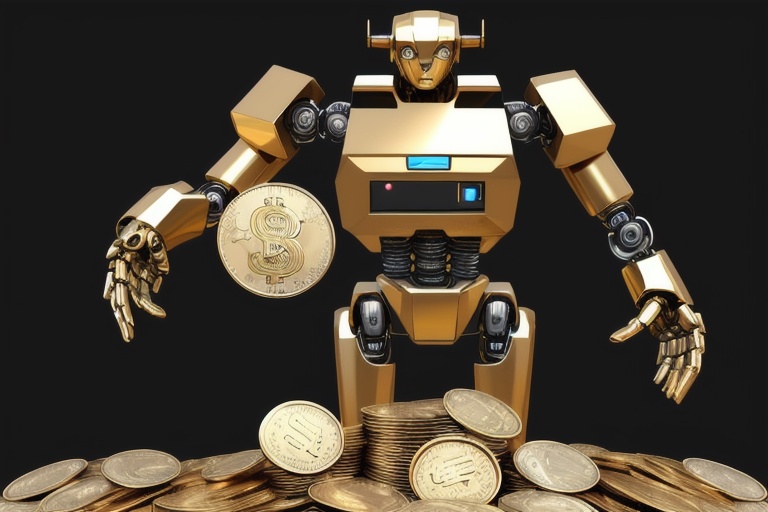The rapidly advancing field of artificial intelligence (AI) and machine learning constantly brings forth new developments that capture the public's imagination and challenge existing norms. Recently, a U.S. Court made an influential decision that could shape the future of intellectual property as it pertains to AI: artworks created entirely by AI, without human intervention, are not entitled to copyright protection under U.S. law. This landmark ruling ignites a debate around the convergence of AI capabilities and creative authorship, setting the stage for a broader discussion on innovation and rights in the digital age.
The rapidly advancing field of artificial intelligence (AI) and machine learning constantly brings forth new developments that capture the public's imagination and challenge existing norms. Recently, a U.S. Court made an influential decision that could shape the future of intellectual property as it pertains to AI: artworks created entirely by AI, without human intervention, are not entitled to copyright protection under U.S. law. This landmark ruling ignites a debate around the convergence of AI capabilities and creative authorship, setting the stage for a broader discussion on innovation and rights in the digital age.
Understanding the Legal Landscape
The case that brought this issue to the forefront involved computer scientist Stephen Thaler and his AI system named DABUS, which stands for "Device for the Autonomous Bootstrapping of Unified Sentience." Thaler filed for a copyright on a piece of visual art titled "A Recent Entrance to Paradise," claiming it was the sole creation of DABUS. The legal challenges that followed highlighted the nuances of AI and its role in creative processes.
Who is Stephen Thaler?
Stephen Thaler is a noted figure in the field of AI, known for his work on neural networks and machine learning. His creation, DABUS, is an artificial intelligence system designed to simulate human-like creativity. Thaler's pursuit of copyright protection for his AI-generated work propelled this discussion into the legal sphere, forcing the courts to grapple with a new era of intellectual property considerations.
The Intersection of AI and Creativity
The crux of the legal case lies in whether an AI system can actually be considered a 'creator' in the traditional sense. While AI can increasingly produce works that might aesthetically compete with those made by humans, the court's ruling underscores the traditional view that creativity is inherently human. Copyright law in the United States has long been built on the recognition of human authorship—a principle that the current legal framework still upholds.
Philosophical Implications and the Legal Quandary
Beyond the immediate legal battle lies an intriguing philosophical question: what does it mean to create? This question takes on new dimensions in the context of AI, which can independently combine symbols, concepts, and patterns to produce novel outputs. The legal system, reflecting societal views, has yet to catch up with the philosophical implications of this technological capability.
Striking a Balance
Guided by the Constitutional goal to "promote progress in science and useful arts," there is a clear need to reexamine the legal treatment of AI-generated works. This involves reconciling the traditional tenets of intellectual property law with the potential and perils of AI, which may serve as a powerful tool for human creativity rather than an autonomous creator in its own right.
The Role of Human Creativity
As we delve deeper into this conversation, we recognize that human ingenuity and interpretation remain at the heart of creativity. AI's contributions, while valuable, currently extend human capacities rather than replace them. The legal system's acknowledgment of this distinction is pivotal in maintaining the integrity of copyright law, which aims to protect human expression and innovation.
Looking Ahead: Adaptation and Change
Rulings like this one signal a multifaceted challenge: our legal systems must adapt to the pace of technological change, just as our technologies continue to evolve. This dynamic process requires a nuanced approach to intellectual property rights—one that carefully considers AI's role in the creative ecosystem without undermining the rights and recognitions due to human creators.
Conclusion
The intersection of AI, law, and human creativity fosters rich discussions and compelling questions about the future. As the capabilities of AI expand, our society, including creators, legislators, and the legal system altogether, faces the pressing task of navigating these uncharted waters. These discussions are not only vital in shaping the application of copyright law but also in understanding the essence of human innovation in an era deeply influenced by artificial intelligence.
Information for this article was gathered from the following source.


